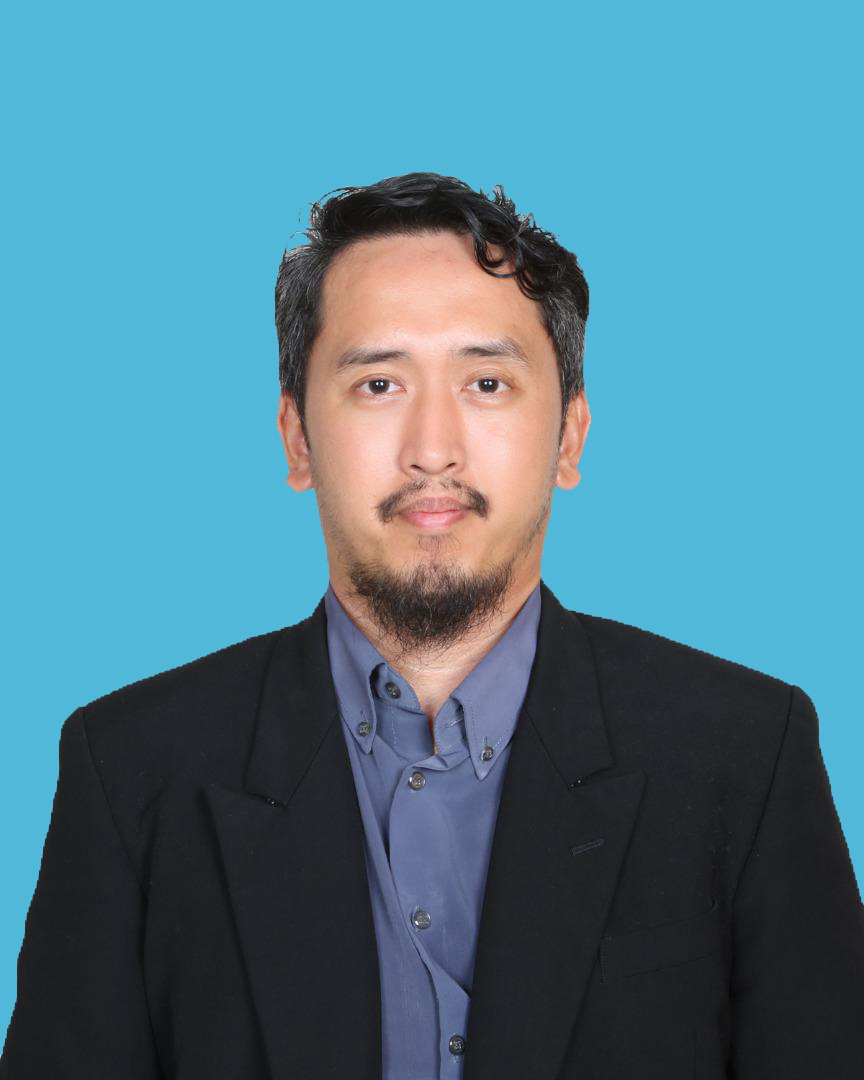

A. Prof. Dr. Seyed Mohammadreza Ghadiri
Malaysia University of Science and Technology, Malaysia
Title:Smart Cities Vision of The Future
Abstract: Today more than half of the world’s population lives in cities and it is projected that 60% of the world’s population will live in mega-cities by 2030. This trend is steadily rising, and world will experience 75% of its population living in urban areas by 2050 and over 80% at the end of the century. It is not that much surprising if we call the 21st century as the ‘century of cities’. Undoubtedly, the rapid growth in urbanization will result enormous challenges and impacts on society and the environment. More people will bring about overexploitation of resources, more energy consumption, more traffic, more pollution, and even more wastage.
In recent years, there were many consensuses on the establishment of the sustainable urban development or smart growth to address these challenges. This could result in a concept called ‘smart cities’ that is a way to improve energy efficiency, transport, as well as public services. An overall goal of smart cities is using smart systems and new technologies to improve quality of life of the citizens and on the other hand to enhance sustainability.
To implement a smart city concept, there are however some questions that need to be answered. What does a smart city look like and how does it work? How do we benefit from the smart city? Data is the essential part of a smart city. It provides for designing and development of the intelligent applications for the city, but how is the data verified and what about data protection strategies? This speech will discuss the key elements of future smart cities and will address the above questions.

A. Prof. Mei-yung Leung
Department of Architecture and Civil Engineering, City University of Hong Kong
Title: Value Management for Complex Projects along the Belt and Road Regions
Abstract: Every construction project involves multi-stakeholders who value different things form different engineering management aspects. In mega projects, like those under the Belt and Road Initiative, stakeholders are more diversified, more complicated and mixed, which cause great challenges to project management. Traditional problem-solving and management processes generally fail to facilitate consensus amongst different stakeholders, not to mention about enhancing quality and creating values for a project. Hence, value management (VM), as a logical team decision making, plays an essential role for mega projects along the Belt and Road regions. VM developed in the United States in 1947 has been widely adopted in various developed countries including North America, Japan, Europe, Australia, and other countries. It emphasizes a systematic team decision making process amongst multi-disciplinary members for effectively and innovatively resolving difficulties, particularly at strategic levels. It can be used in parallel to, or sometimes integrated with, different management strategies including partnering, risk management and public engagement. Amongst the various districts especially the Belt and Road cities, Hong Kong is one which has had advanced and matured VM adoption. In this presentation, critical factors applying VM in the complex projects along Belt and Road regions will be shared and analyzed.

A. Prof. Ahmad Safuan Bin A. Rashid
School of Civil Engineering, Faculty of Engineering, Universiti Teknologi Malaysia
Title: Engineering Characteristic and Chemical Properties of Bottom Ash Waste Material
Coal-fired power plants produce two types of waste which are fly ash and bottom ash. Cement industries use a large amount of fly ash for cement replacement. However, the usage of bottom ash is still very minimal in Malaysia. Several types of research have been conducted on the applications of bottom ash in engineering fields which includes ground treatment, backfill materials, sand replacement and aggregate replacement in concrete. The engineering properties exhibited by bottom ash in terms of free-draining, granular, lightweight and interlocking nanostructures allow them to be used in different functions. The application of bottom ash not limited to their raw state, but also can be mixed and modified without neglecting their impacts on the environment. Basic physical testing includes specific gravity, particle size distribution, permeability test and direct shear test. Whereas, in term of morphological studies includes Field Emission Scanning Electron Microscopy (FESEM), Energy Dispersive X-ray Spectroscopy (EDX) and X-ray Fluorescence (XRF). In order to study the impact of bottom ash on environmental, Toxicity characteristic leaching procedure (TCLP) conducted using ICP-OES. From the TCLP test, heavy metal traces that can leach to the environment can be measured and compared with the standard provided by the authority. The results show that the properties of bottom ash have similarities to those of sand thus there is a potential to be used as sand replacement materials in construction and engineering works. In term of chemical analysis, it is found that bottom ash does contain heavy metal traces. However, the amount of heavy metals presence is below the maximum threshold from the standard guideline from the authority. Thus, the usage of bottom ash in industries does not cause any harm to the environment. This will help in promoting the solution and recycling of wastage from coal-fired power plants.